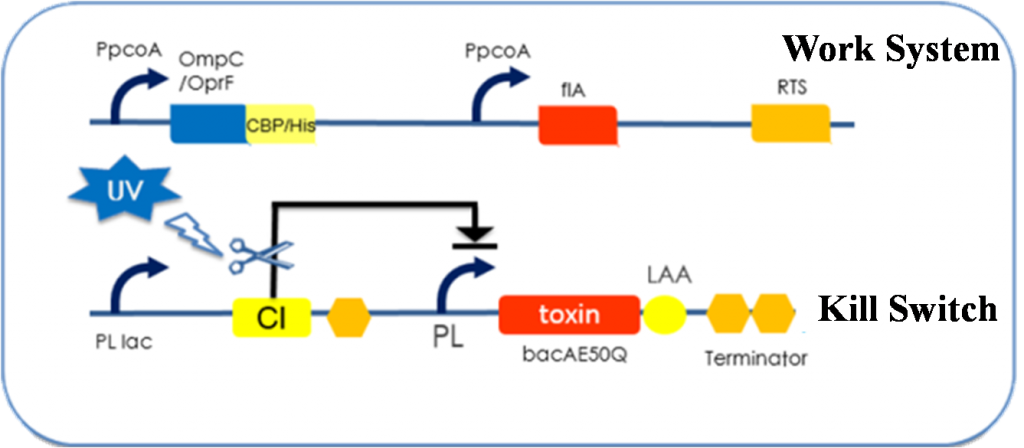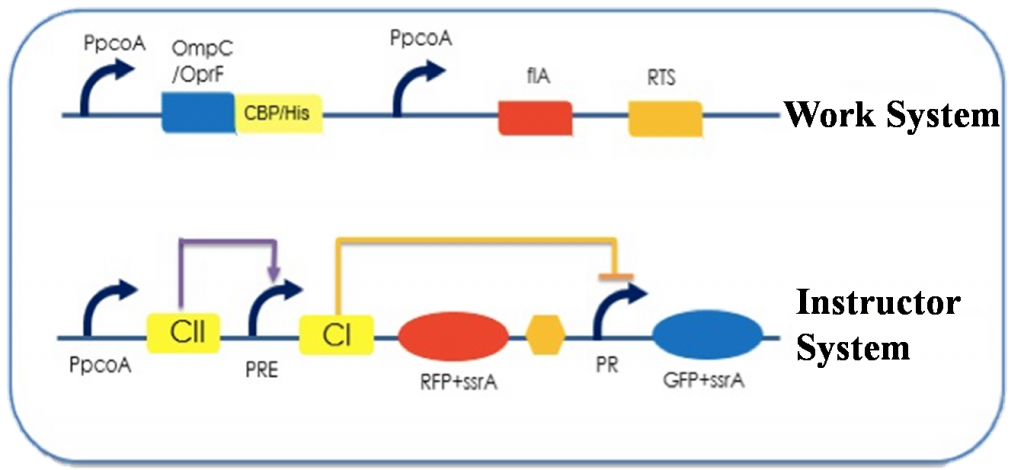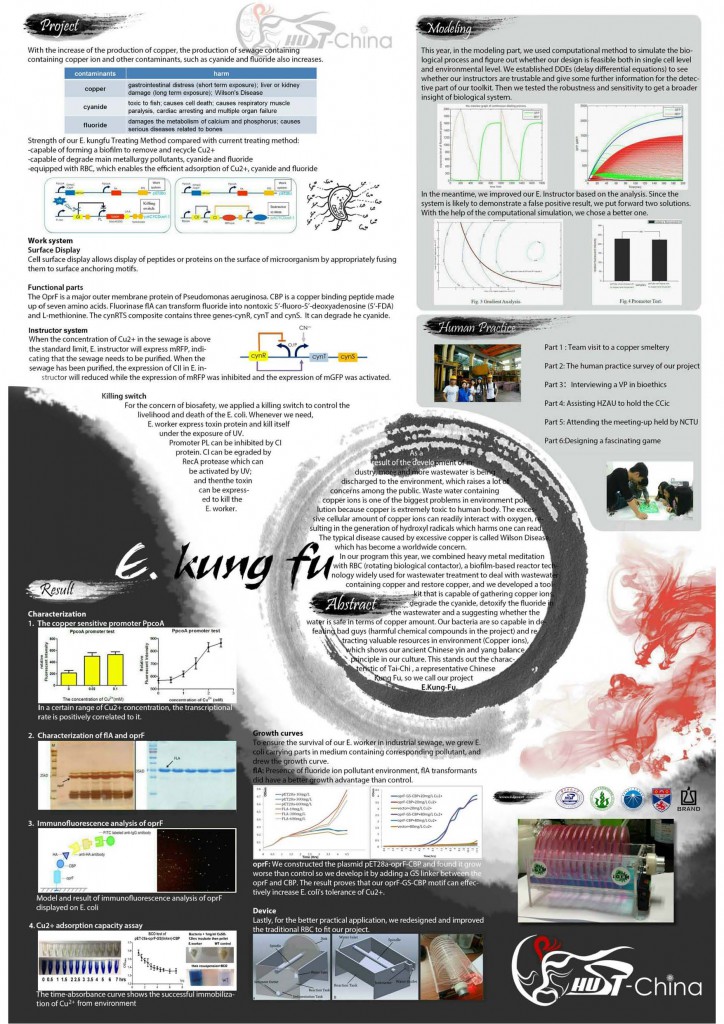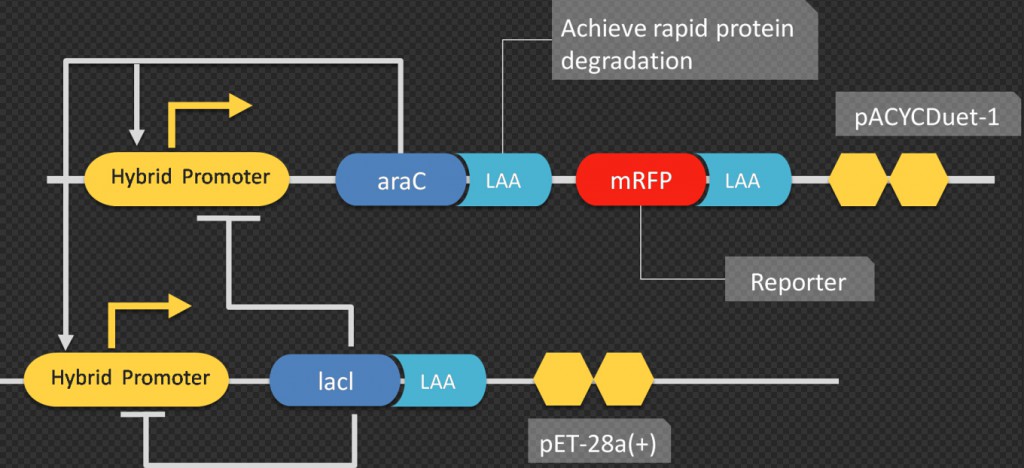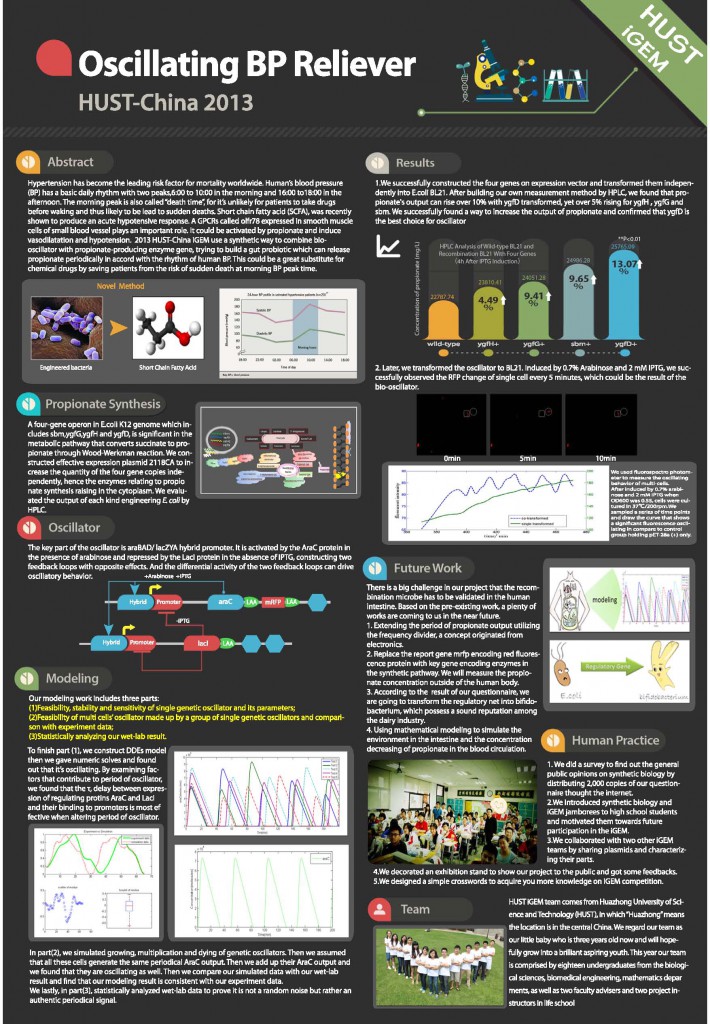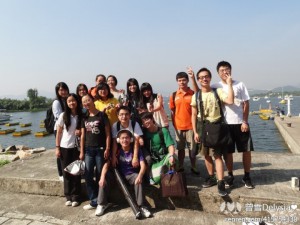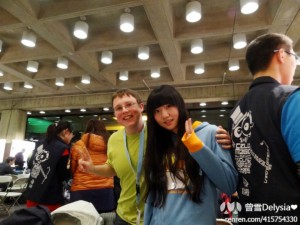2014 is the 10th Anniversary of iGEM Competition. To celebrate the 10th Anniversary, from October 31st to November 3rd, we had a Giant Jamboree at Hynes Convention Center, Boston, MA. Unlike previous year’s competition’s two-tiered structure, in 2014, there are no more Regional Jamborees; everyone can come to Boston to enjoy the gathering and share their ideas and accomplishments with iGEMers from all over the world.
This year, HUST_China focused on treating sewage containing copper ion, cyanide and fluoride, the main common pollutants in industrial waste water. To reach the goal, we designed and constructed E. kungfu, which is capable of absorbing copper ion, degrading cyanide and detoxifying fluoride. Why do we call our engineered bacteria E. kunfu? Because they are so potent in defeating bad guys (pollutants) and recovering valuable resources (copper ion), which well represents the characteristics of Chinese kungfu.
E. kungfu is actually consisted of two strains of biologically engineered E. coli, one is E. worker (Figure 1) and the other is E. instructor (Figure 2).
E. worker functions as a worker that treats sewage containing copper ion, cyanide and fluoride; it is consisted of a work system and a kill switch.
The work system carries genes encoding a copper binding protein, a fluorinase (flA) and an operon that is capable of degrading cyanide (RTS). The copper binding protein is displayed on the cell surface (see surface display system); it is composed of a copper binding peptide and an anchor protein of the cell membrane/wall. According to our experimental results, both OmpC and OprF function well as the anchor protein, and both CBP and 6×His tag are good choices of copper binding peptide. All the functional parts in the work system are under the regulation of an induced promoter- PpcoA, which is sensitive to the concentration of copper ion; the work system is active only in condition of high copper ion concentration.
The kill switch is added to our E. worker out of the concern for biosafety. Our E. worker can express toxin protein and kill itself when exposed to high intensity of UV, thus the application range of the bacteria is fully under the control of the user. The working mechanism of the kill switch is a little complex; please click here to view the detail.
E. instructor works as a reporter of the whole system, telling the user whether the sewage is treated completely; it is consisted of a work system and an instructor system.
The work system in E. instructor is exactly the same as the one in E. worker; but it is not designed for treating sewage, instead it is used to ensure that our bacteria can survive in high concentration of pollutants.
The instructor system expresses RFP when the copper ion concentration is high, while expresses GFP when the copper ion concentration is low. Users can decide whether the sewage is treated completely according to the color of the fluorescent protein. Click here to know the detailed working mechanism of our instructor system.
Here is 2014 iGEM project poster (Figure 3) by team HUST_China. Click the picture, then you can view details.
